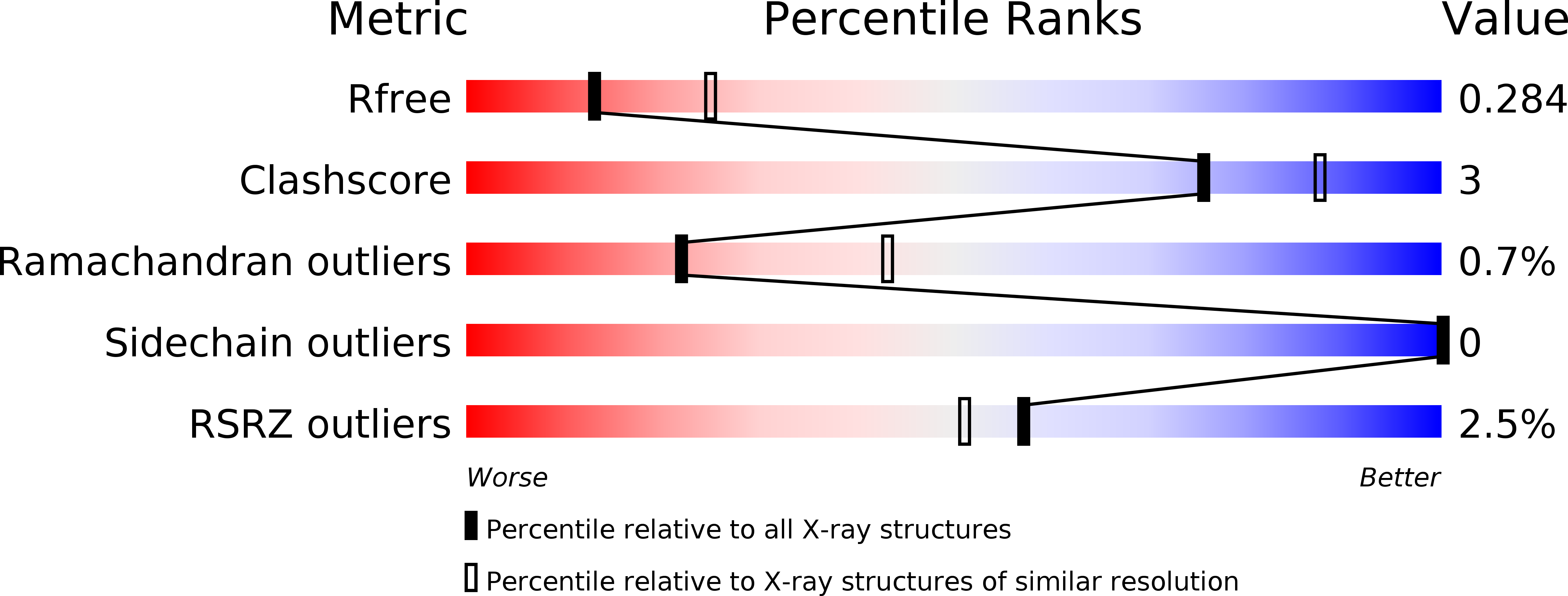
Deposition Date
2015-02-26
Release Date
2016-02-17
Last Version Date
2023-11-08
Entry Detail
PDB ID:
4YGI
Keywords:
Title:
Crystal Structure of SUVH5 SRA bound to fully hydroxymethylated CG DNA
Biological Source:
Source Organism:
Arabidopsis thaliana (Taxon ID: 3702)
synthetic construct (Taxon ID: 32630)
synthetic construct (Taxon ID: 32630)
Host Organism:
Method Details:
Experimental Method:
Resolution:
2.60 Å
R-Value Free:
0.28
R-Value Work:
0.23
R-Value Observed:
0.23
Space Group:
P 42 21 2


